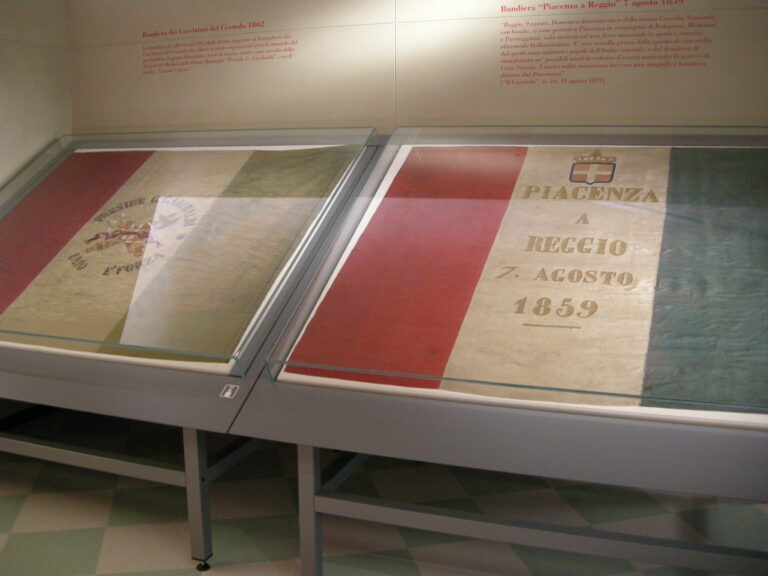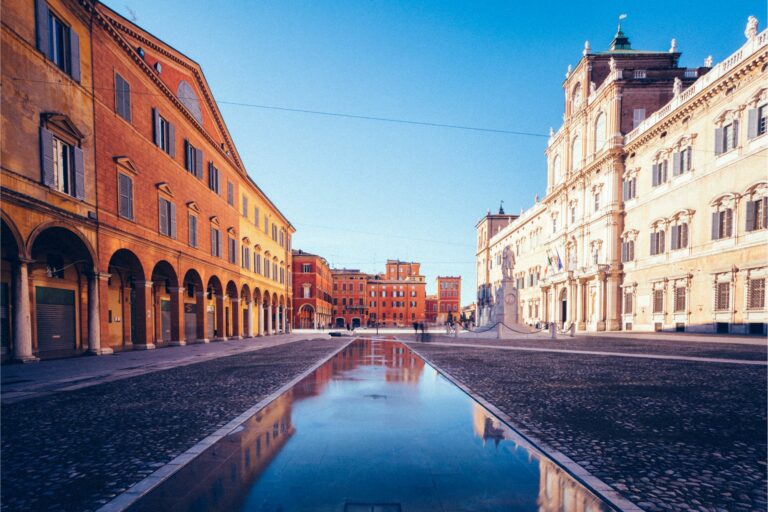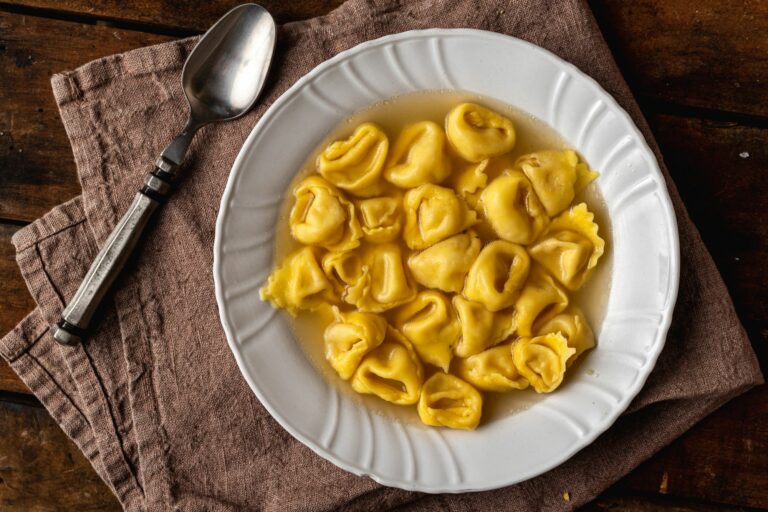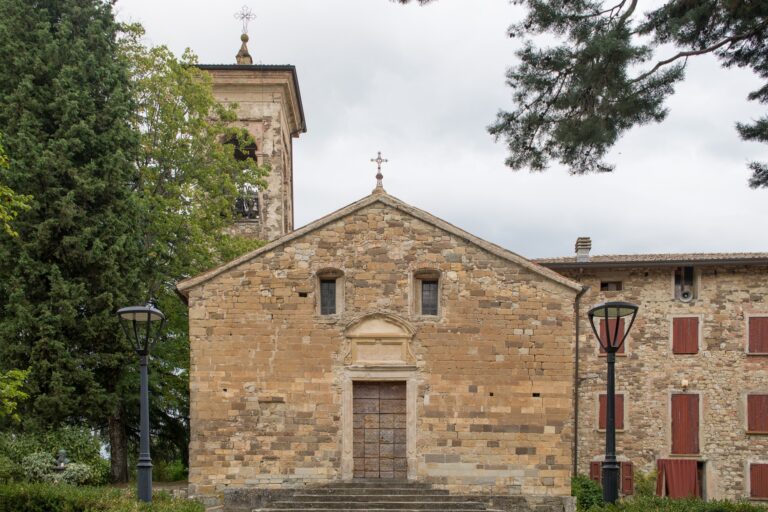Just over 60 km away from our farmhouse, Bologna is an enchanting medieval city with an intense cultural life and a very interesting historical heritage. Located between the Tuscan-Emilian Apennine mountains and the heart of the Po Valley, Bologna is defined as the Learned, the Red, the Fat. La Dotta due to the presence of the oldest university in Europe, the Alma Mater Studiorum founded in 1088, which still continues to attract Italian and foreign students today. The Rossa for the reflections of the bricks with which towers and palaces had been built. La Grassa for its delicious gastronomy, which is characterized by authenticity and tastiness. What’s more, since 2006 the city of Bologna also boasts the title “Creative City of UNESCO Music”, a prestigious recognition that celebrates the rich musical tradition and the lively scene of the present.
But Bologna is above all the city of arcades with over 38 km in the historic center alone. The arcades, whose origin can be attributed to the strong expansion that the city had in the late Middle Ages, represent an important architectural and cultural heritage. There is no other city in the world that has as many arcades as Bologna. A famous example is that of Casa Isolani in Strada Maggiore, which is characterized by the presence of a portico supported by very high oak beams on which the third floor rests. Characteristics of the city are its Towers, structures of medieval origin that offer tourists the opportunity to admire a wonderful panorama from above. Between the 12th and 13th centuries there were up to 100, today 24 have survived, of which the most famous are the Asinelli Tower and the Garisenda Tower. The two towers, which are strategically located at the entry point of the ancient Via Emilia into the city, were built in the 12th century in masonry as lookout and defense bulwarks. Among others, the following are worth mentioning: Accursi or Clock Tower, which dominates Piazza Maggiore; and the Azzoguidi Tower, also called Altabella due to its height and perfect verticality.
Enchanting by day, among churches, monuments and historic buildings to discover, intriguing by night, thanks to the many bars and numerous artistic and musical events. The heart of the city is the beautiful Piazza Maggiore, whose current appearance is the result of centuries-old transformations that gradually enriched it with important buildings. In the square, the Gothic and imposing Basilica di San Petronio dedicated to the patron saint of the city stands out. Built at the behest of the Municipality between 1390 and 1659 and remained unfinished in its original design, the church has a portal decorated with bas-reliefs by Jacopo della Quercia, while inside it houses precious works such as the splendid “Madonna enthroned” by Lorenzo Costa . Also of notable interest is the 13th-century Basilica of San Francesco , the first example in Italy of the Gothic style of French derivation. Among the other churches, the following should be mentioned: the Basilica of Santo Stefano, one of the most fascinating places in the city, actually a complex of sacred buildings, also known as the complex of the “Seven Churches”; the Basilica of San Giacomo Maggiore, located on one of the most attractive squares in Bologna, inside which is the Bentivoglio chapel, a splendid mid-15th century architecture, rich in Renaissance works of art; the Basilica of San Domenico, one of the richest churches in Bologna in terms of art history; and the Sanctuary of the Madonna di San Luca, an important pilgrimage destination that rises on Colle della Guardia.
Among the Palaces and historic buildings you are spoiled for choice. There are three in Piazza Maggiore alone: the Palazzo del Podestà, built around 1200, which was the first seat of the city government; Palazzo Re Enzo, built in 1244-46 as an extension of the municipal buildings and to which numerous legends disclosed by chroniclers regarding the capture and imprisonment of King Enzo are linked; and Palazzo Comunale or d’Accursio, consisting of a set of buildings that over the centuries have gradually been united with an older nucleus, currently the seat of the town hall of Bologna. The other historic buildings in Bologna include: Palazzo dell’Archiginnasio, built between 1562 and 1563 to a design by the architect Antonio Morandi, was the seat of the ancient University and is now the seat of the Civic Library; Palazzo dei Notai, the ancient seat of the Notary Society, as can be deduced from the three inkwells with goose feathers depicted in the coat of arms on the façade; and Palazzo della Mercanzia, also called Loggia dei Mercanti or Palazzo del Carrobbio, which overall presents a stylistic eclecticism characterized by the coexistence of Romanesque-Lombard, Gothic and classical-naturalistic styles.
But the city of Bologna is also particularly rich in Museums, in fact, there are over 50 that preserve a heritage and a wealth of unique proposals for the quality of the works on display and the diversity of themes and historical periods. The main civic museums are: the National Picture Gallery, housed in the former Jesuit novitiate of Sant’Ignazio, with works by Raphael, Carracci, Reni, Perugino, Parmigianino, Tintoretto, Vasari, Guercino and many others; the Civic Archaeological Museum, one of the most prestigious archaeological collections in Italy; the Medieval Civic Museum, located in the fifteenth-century Palazzo Fava Ghisilardi, with objects and artifacts that bear witness to the history and art of the medieval era; the Municipal Art Collections, with extraordinary collections of paintings, objets d’art, furniture, porcelain, fabrics, lace, embroideries, miniatures and important medieval wooden crucifixes from churches in the Bologna area; the MAMBo – Museum of Modern Art of Bologna, which traces the history of Italian art from the second post-war period to today; and the International Music Museum and Library, which traces six centuries of the history of European music with over a hundred paintings, more than eighty ancient musical instruments and a wide selection of historical documents of enormous value.
Perhaps few know it, but Bologna has always been a water city. In the Middle Ages, the city had a dense network of waterways. The canal system of Bologna was gradually developed between the 12th and 14th centuries and even today some of the main canals still exist, such as the Canale delle Moline, one of the few stretches of water in the city which between the early 20th century and the post-war period it was not paved. The most evocative glimpse of this unusual Bologna can be found in Via Pella, where there is the famous Finestrella that overlooks the Canale delle Moline. This corner of the city, also known as “little Venice”, offers a very suggestive view of Bologna. The views over the bridges of via Oberdan and Malcontenti have recently been reopened, which flank the window in via Piella.
Bologna is also full of Parks and green areas where it is a real pleasure to walk and spend the days in close contact with nature. Among these we should mention: the Giardini Margherita, the best known and most popular of the Bolognese public parks, a few steps from the historic center, between Via Murri and Via Castiglione; the Parco della Montagnola, the oldest city garden, for centuries a place for strolling and the scene of events, games and sporting competitions; the Botanical Garden, one of the oldest in Italy, with a plant heritage including over two thousand species, from medicines to exotic spices; and the Parco di Villa Spada, with patches of trees and meadows that alternate along the slope that descends from the Casaglia hill onto via Saragozza.
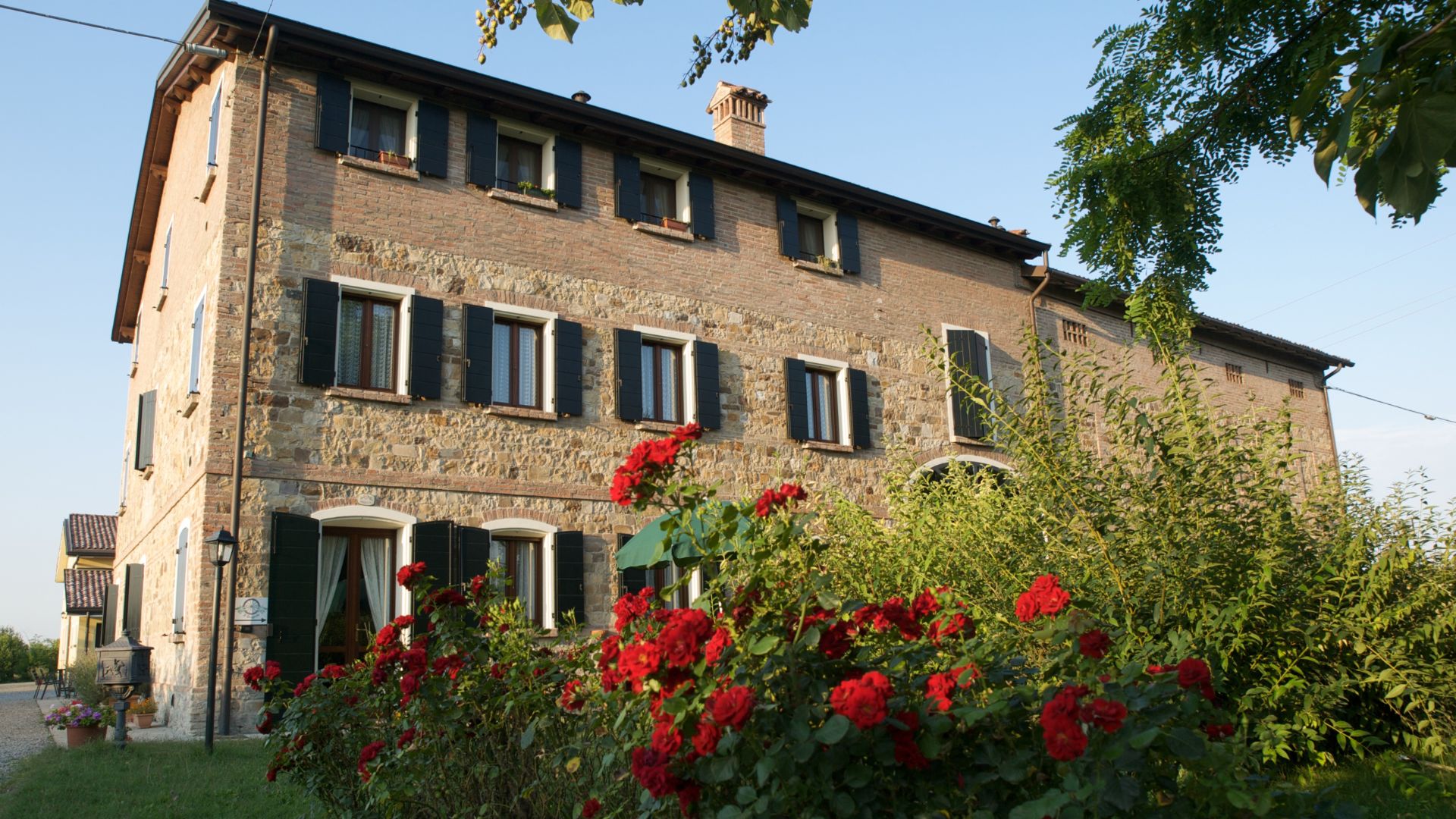
AGRITURISMO IL BRUGNOLO
Welcome to il Brugnolo
If you’re looking for completely independent apartments surrounded by greenery you really are in the right place here!
In fact, Brugnolo is immersed in the green nature of the Emilian countryside. For your relaxation, for that of your children, and again for the runs of your 4-legged friends, you will have 6000 square meters of park at your disposal!


